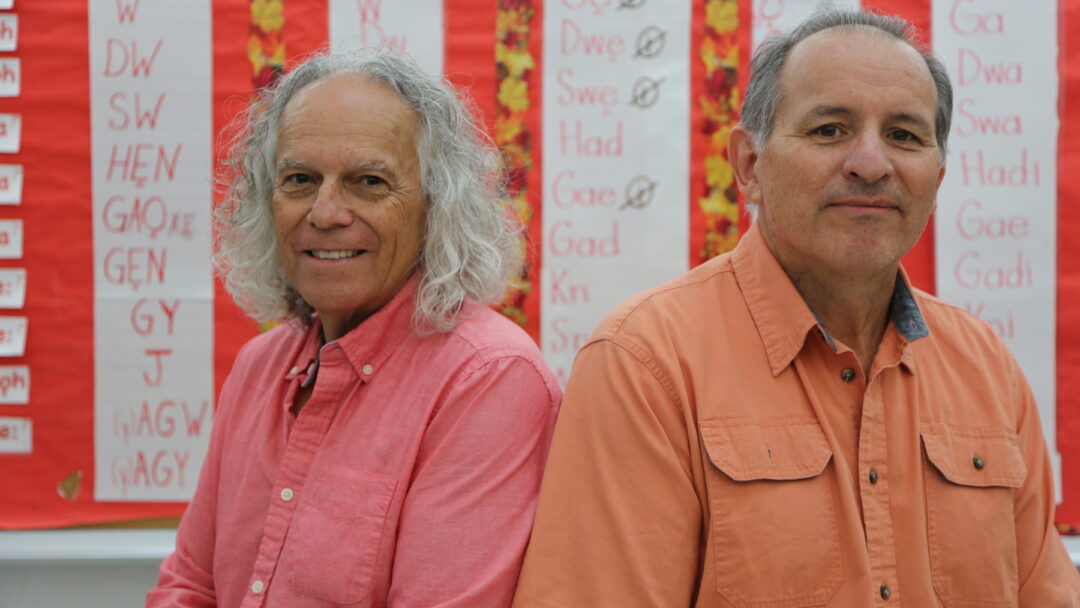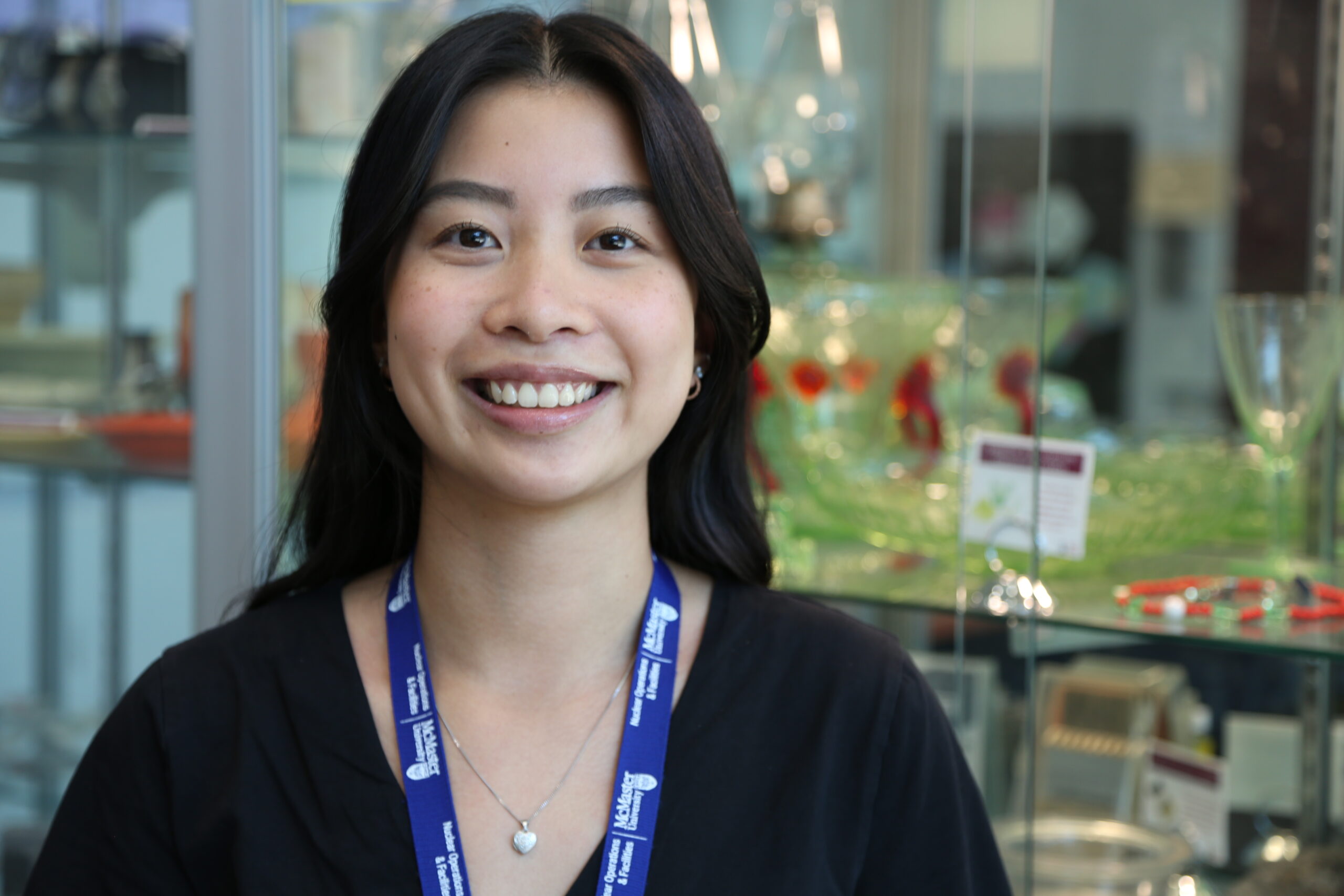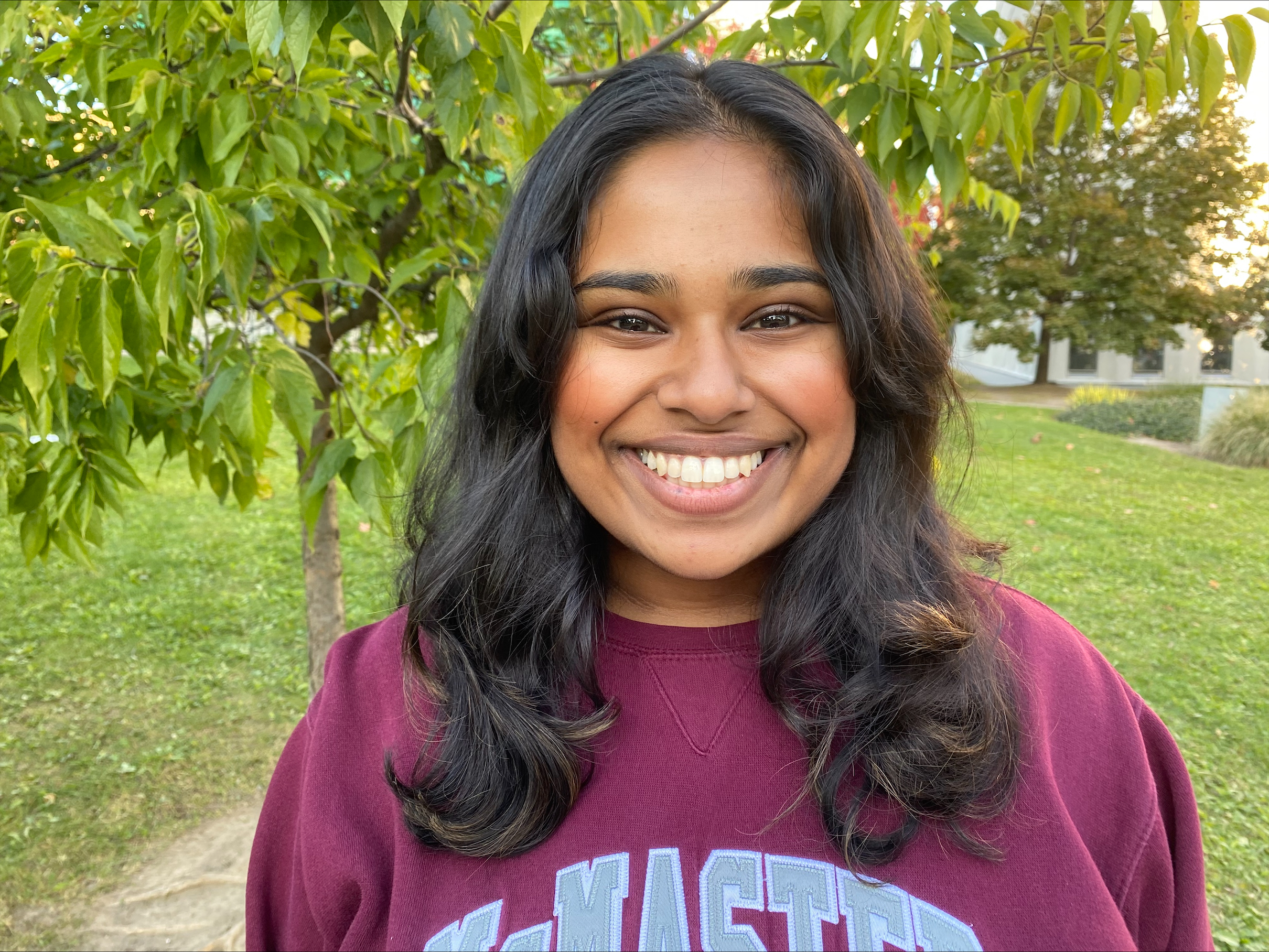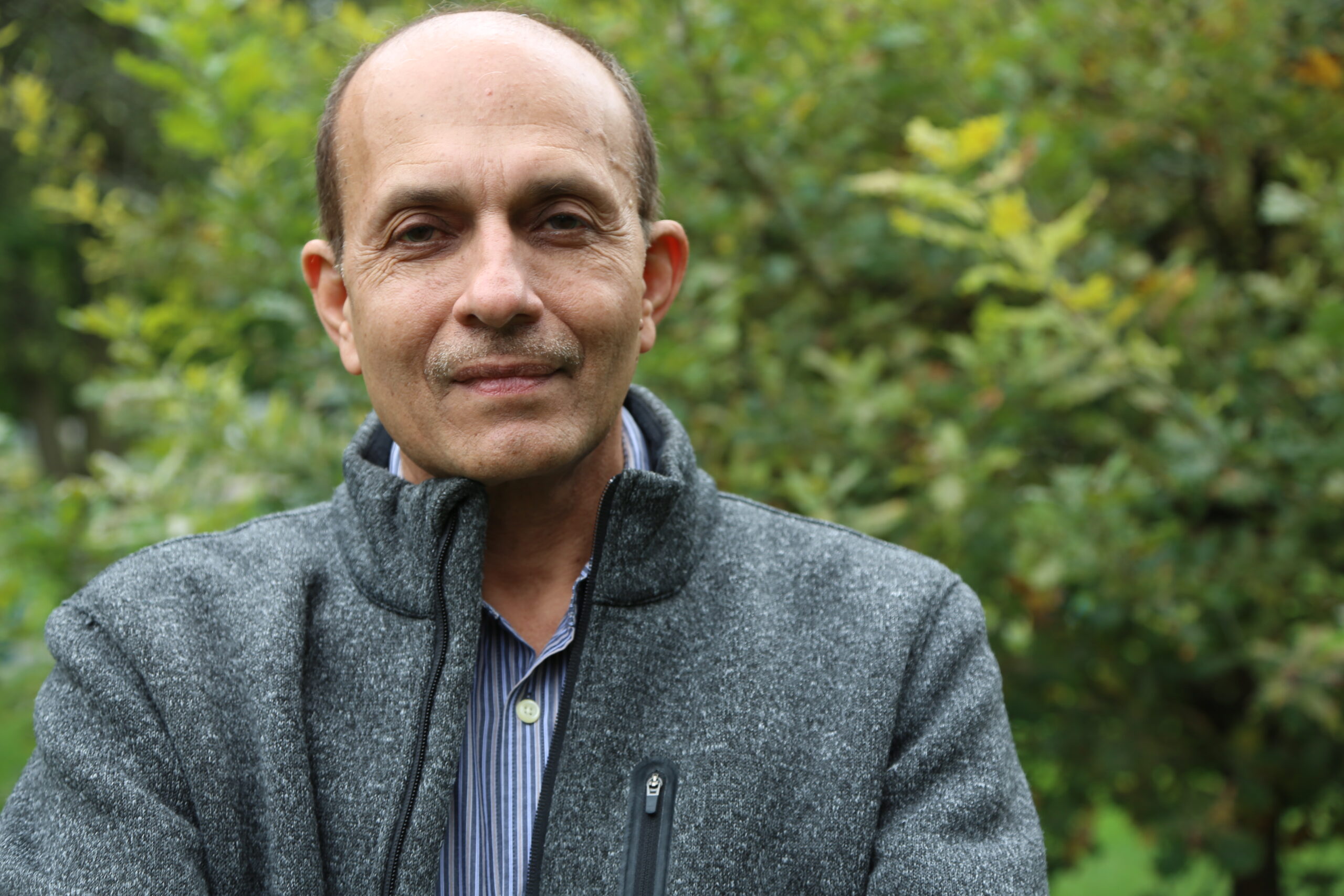Second Indigenous astronomy show to debut this fall at McMaster’s W.J. McCallion Planetarium

The most requested show at the W.J. McCallion Planetarium started with Thomas Deer asking a question and staying persistent.
Thomas was majoring in Anthropology at Laurier University and taking Astronomy 101 as an elective.
Born and raised on the Kahnawake First Nation in Quebec, he’d always had an interest in the stars. He’d look up and wonder.
But none of the star knowledge passed down by his family and Elders was mentioned in his undergrad astronomy course. Much of that knowledge – which generations of Indigenous peoples had relied on to travel long distances across North America – was destroyed by colonization. It had become an echo memory, says Thomas. In its place were the colonizers’ astronomy stories built on Greek mythology.
“Our knowledge didn’t disappear – it’s still here, it’s still valid and it’s still important to know,” says Thomas. “It’s vital knowledge that ties us to the sky and the land.”
And then Thomas learned about planetariums in the United States that were keeping that star knowledge alive through astronomy shows created in collaboration with Indigenous peoples. “I was impressed by that and started wondering why we weren’t doing it here.”
So Thomas, a Mohawk scholar who’s fluent in three languages – Mohawk, Cayuga and English – reached out to the W.J. McCallion Planetarium in the early 1990s and asked if there was any interest in working together on an Indigenous astronomy show. The interest wasn’t there.
Thomas thought he’d get a different answer after he’d joined McMaster as a sessional instructor a few years later, teaching the first course offered by the newly established Indigenous Studies program. But the answer was still the same.
And then the stars aligned in 2014. Thomas now had an ally in Robert Cockcroft, who’d earned his PhD and was working as a postdoctoral research fellow and planetarium manager. Robert, who’s now an associate professor in the Department of Physics & Astronomy and serves as the planetarium director, adheres to Mi’Kmaq Elder Albert Marshall’s principal of Etuaptmumk – or two-eyed seeing. “You learn to see from one eye with the strengths of Indigenous knowledges and ways of knowing, and from the other eye the strengths of Western knowledges and ways of knowing,” says Robert. ” And you then learn to use both eyes together for the benefit of all.”
The planetarium team, including then director and Interdisciplinary Science professor Sarah Symons, had wanted to create an Indigenous-themed show. But no one on the team was Indigenous or had any connections with Indigenous peoples. Creating a show on their own didn’t feel appropriate, says Robert.
That changed when English & Cultural Studies professor Rick Monture introduced Robert and Sarah to Thomas and David Moses. David was a former Ottawa correspondent for the Aboriginal Peoples Television Network. He was now running his own media production company at Six Nations of the Grand River. David and Thomas had known each other for so long that neither can remember when they first met.
Robert secured a grant to create the planetarium’s first Indigenous show – The Celestial Bear: The Six Nations’ Night Sky. Thomas and David shared Six Nation’s sky lore and language through traditional Indigenous night-sky stories. The show begins with Thomas telling audiences “this is how I heard the story, so I thought that is how you would hear it as well.”
The stories David had told as a journalist were often heavy and heartbreaking – the planetarium show was an opportunity to tell a different, yet equally important, story. “It’s an honour to help preserve and share these stories within and beyond our community. Indigenous knowledge is never forced on anyone – we put it out there for everyone to think about and use.”
Celestial Bear quickly became – and remains – the planetarium’s most requested show. Robert booked school buses to bring elementary and secondary school students from Six Nations to watch the show at the planetarium – he’s since added a portable planetarium that brings astronomy shows into the community.
The success of Celestial Bear led Thomas, David, Rick, Robert and Sarah to reunite for a second show – Onekwá:tara – The Seven Dancers of the Pleiades – with funding from the Future of Canada Project.
Pleiades is a cluster of more than 1,000 young stars about 440 light-years from Earth. The seven brightest stars in the formation glow hot blue and can be seen without telescopes. In Greek mythology, those stars are the daughters of the Titan god Atlas and the ocean nymph Pleione. The stars are also in the logo for automaker Subaru – the Japanese word for the Pleiades star cluster.
In local Mohawk sky lore, the seven stars are seven dancers. When Mohawk people see the Pleiades flickering in the winter night sky, they say “the little warriors are dancing hard tonight.” The dancers are boys who weren’t taught the Ogweho:weh Way of Life by neglectful adults who were preoccupied with other priorities. The Seven Dancers remind Ogweho:weh that they must think seven generations into the future about the welfare of their people.
For the second astronomy show, Thomas once again researched, wrote and narrated the story, translating from original source material. The show incorporates Mohawk phrases and includes singing by elementary students from IL Thomas Elementary School where Thomas has taught since 1998.
While David had new equipment and software to mix the audio and create illustrations and animations for the second show, the challenge remained of projecting on a curved dome, not blinding the audience or distracting from Thomas’ narration. “He has such a wonderful voice and delivery.”
The show will premiere this fall – Thomas and David plan to be there.
There are no plans yet for a third show but Thomas is working on piecing back together the celestial calendar that was once used by Indigenous peoples to guide their lives. And he continues to remind his students to stay connected to the sky and land and give daily thanks to the Sun. “Without fail, the Sun rises every day.”
Outreach, science communicationRelated News
News Listing

Student tour guides pull double duty as ambassadors for McMaster and the nuclear industry
Graduate students, Outreach
October 22, 2024

From NOVA to Brain Bee to PNB – lifelong love of neuroscience led to McMaster
Alumni, Outreach, Students
October 18, 2024

“Unparalleled dedication to student growth and climate science” – Professor’s local initiatives have global impact
Outreach, Partnerships, Research excellence, Sustainability
September 30, 2024
